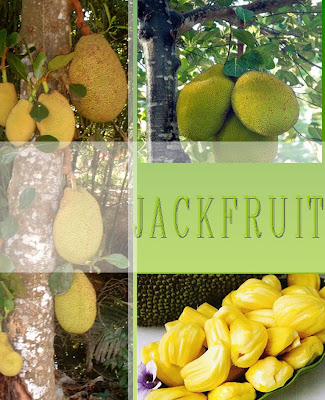
Pomegranate is the fruit of the plant Punica granatum that is widely cultivated in many parts of the world. Afghanistan, Algeria, Armenia, Azerbaijan, India, and Iraq are the major producers of Pomegranate. The fruit is obtained basically in the months from September to February. Pomegranate fruit is the rich source of the Vitamin C. Good amount of the Vitamin B5 is also noted in the fruit. Pomegranate fruit also contains the beneficial antioxidants like polyphenols, tannins and anthocyanins. Phytochemicals like beta-carotene that are rich source of Vitamin A are also found in Pomegranate fruit. This fruit is a great supplement to improve the health status of the individual. It boosts the immunity of the person. Pomegranate juice is of great help in weight loss. You will notice a significant improvement in your health with the intake of this juice.










